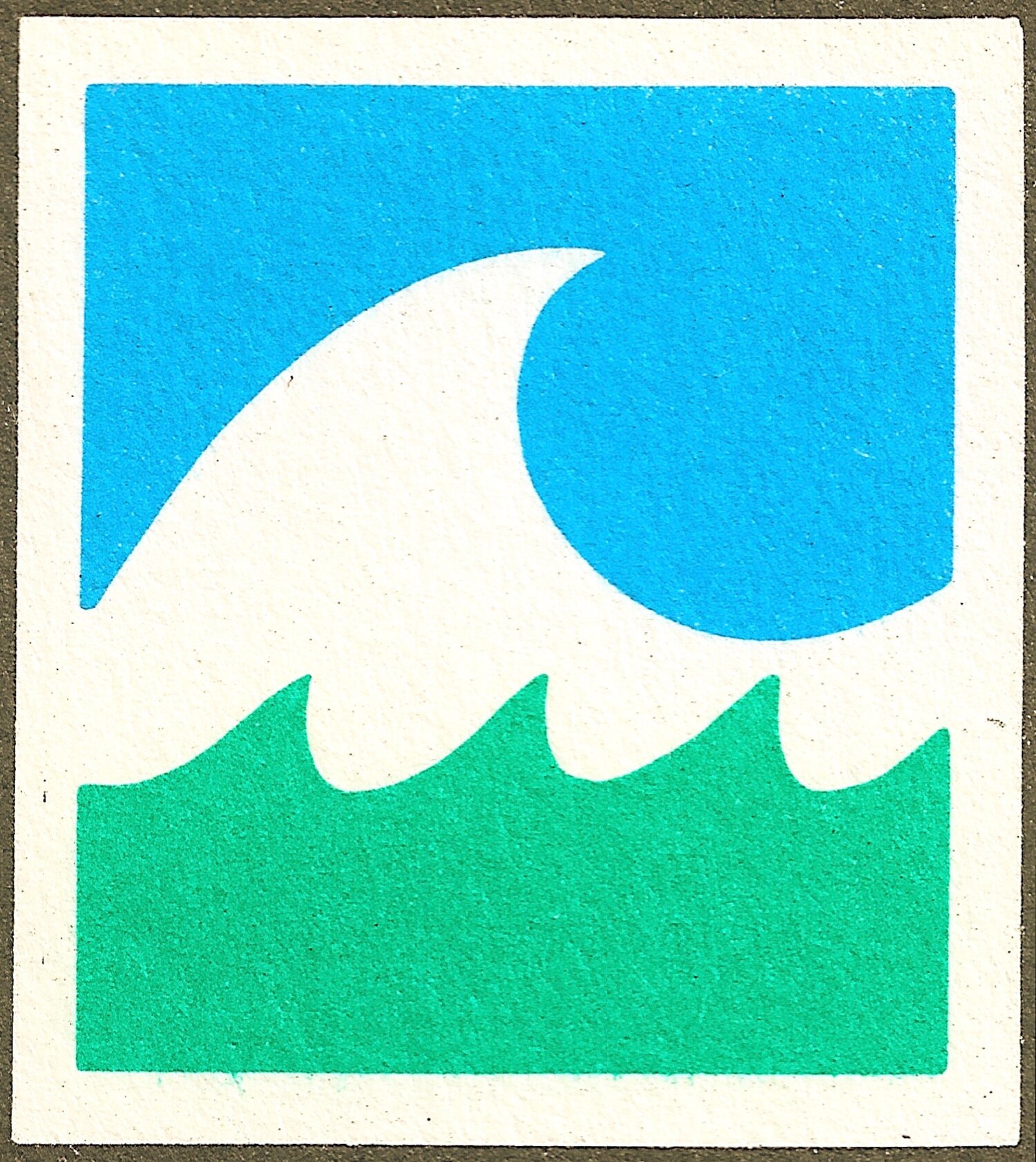ONYX- An Alternative to Limestone
I have found that original lithographs can be drawn on 3 types of stone. The most common is limestone— preferably good quality grey stones from Bavaria. Limestone is a sedimentary rock formed over eons of time from small fossils and water under pressure. Another printing stone is marble. Marble is a metamorphic stone formed by the heating and recrystallization of limestone. The drawings on marble are not as crisp as on limestone, but this stone is cheaper and easier to obtain than limestones. The third and most interesting printing stone is onyx. Unlike the two other stones, onyx is a mineral called chalcedony which is made up of masses of interlocking micro crystals of quartz. It has a hardness index of 7 which is only 3 numbers down from diamond. Because of this hardness, the drawings on onyx tend to be very crisp and the processing has to be approached differently. Also the graining cycle takes less time and materials.
Conrad considers etch for onyx stone at Ocean Works
Conrad inking Frank Howell’s “Matrix”
When I opened Ocean Works, limestones were hard to find and expensive. I ordered five medium stones and five 24”x36” stones. I got the smaller stones within two years, but never received the larger sizes. I finally bought some used stones for 22”x30” prints, but by that time we wanted to be able to work larger than that. Our press had a 40”x72” bed so we decided to try and find an alternative stone for very large prints. I knew marble worked, but didn’t like the mushy look so I decided to try onyx. We went up to North Hollywood to a stone importer. They had stones from all over the world and they let us roam around and look for ourselves. We bought two small sample stones— Mexican onyx and Afion onyx from Turkey. These stones were used as outer skins on buildings and were only 1” thick. We backed them. with slate and started our testing. They worked great! They loved water and they loved grease— just what you need to create a lithograph.
The Afion is white and mostly vein-free, where as the Mexican onyx is a yellow-to-green color and has a lot of decorative veining and fusion lines which got in our way visually and affected the way the stone took the drawing materials. So we went with the Afion. It took litho pencil, crayon, prismacolor, and a variety tusches beautifully. We grained to 300 grit for very fine tonal drawings. It is harder than limestone so the processing had to be hotter (lower PH-more acid) but there is less image penetration so graining is faster—starting with 180 grit. We bought two huge slabs about 5’ by 8’ and hauled them down to the shop where we cut them into four stones. Two were 40”x60” and two were 24”x36”. Next we bought three slabs of 2” thick slate from a pool table manufacturer, each measuring 40”x60”-from a 5’x10’ table. Two were used to back the large onyx and the third was used as a plate backer. All four stones work beautifully and have lasted for many years. They are lighter than limestones and much cheaper. If large stones are hard for you to find you might consider making your own from onyx. Good printing!
Conrad inking Frank Howell’s “Matrix”




